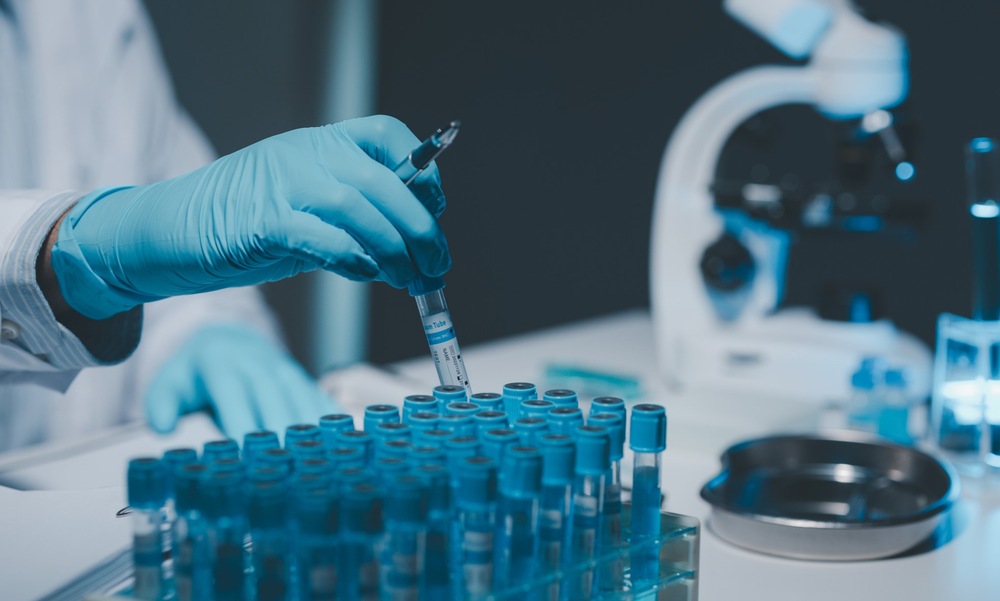
Over the counter DNA tests pose challenges for egg, sperm and embryo donors, study finds
Wider public access to DNA testing has major consequences for egg, sperm and embryo donor conception, new research has concluded.
The ConnecteDNA project, led from The University of Manchester by Dr Lucy Frith, with Dr Caroline Redhead, is examining the use of direct-to-consumer genetic testing (DTCGT) on egg, sperm and embryo donor-conceived adults, donors, parents and relatives of donor-conceived people.
Its preliminary findings show that “the potential identifiability of donors is just one of a number of significant implications of DTCGT, about which donors and parents by donor conception should be informed.”
The Human Fertilisation and Embryology Authority (HFEA), the body that provides regulatory oversight of this area, is currently collating the responses to a national consultation on proposed changes to UK fertility law.
In a joint article published by The University of Manchester’s policy engagement institute, Policy@Manchester, Dr Redhead and Dr Frith argue that “clinics should be legally required to inform donors and recipients of the increased potential for donor identity to be discovered.”
They write: “The consent process for prospective donors should ensure their full understanding of the potential challenges to anonymity from developing technologies, including genetic testing.”
In addition, the researchers warn that legal changes resulting from the HFEA consultation need, as far as possible, to be “future-proof.” They say: “Other emerging technologies, such as facial kinship verification technologies, are likely to have similar impacts and may have further implications which are as yet unclear.”
Dr Redhead and Dr Frith recommend that any new legislation brought forward by the Government should “facilitate regulatory systems in which those involved, particularly donors and parents, can be contacted in the longer-term.”
They write: “Easy and relatively affordable access to direct-to-consumer genetic testing and relative ‘matching’ services, in combination with information available on social media platforms, means that donors and donor-conceived people may be able to identify each other outside the regulated system, whether this information is sought intentionally or is discovered unexpectedly. This can happen even if the donor-conceived person is not on any social media platforms and has not used DTCGT.”
This includes the possibility that donor-conceived individuals might inadvertently discover they are donor conceived or that donor siblings may be identified- including a donor’s own children.
In their article, The University of Manchester academics caution that “DTCGT enables genetic connections to be identified without any explanation or access to further information, meaning that connections may be misinterpreted as e.g., evidence of possibly extra-marital sexual relationships.”
And they recommend that “prospective donors and intended parents should be informed about the wider implications of DTCGT.”
Dr Redhead and Dr Frith add: “Particular efforts are required to inform harder-to-reach groups, such as historical donors and their families, and parents of adult donor-conceived children who may not have shared the circumstances of their child’s conception.”
Their article, “ConnecteDNA – the implications of technology on donor conception anonymity,” is available to read on the Policy@Manchester website.
